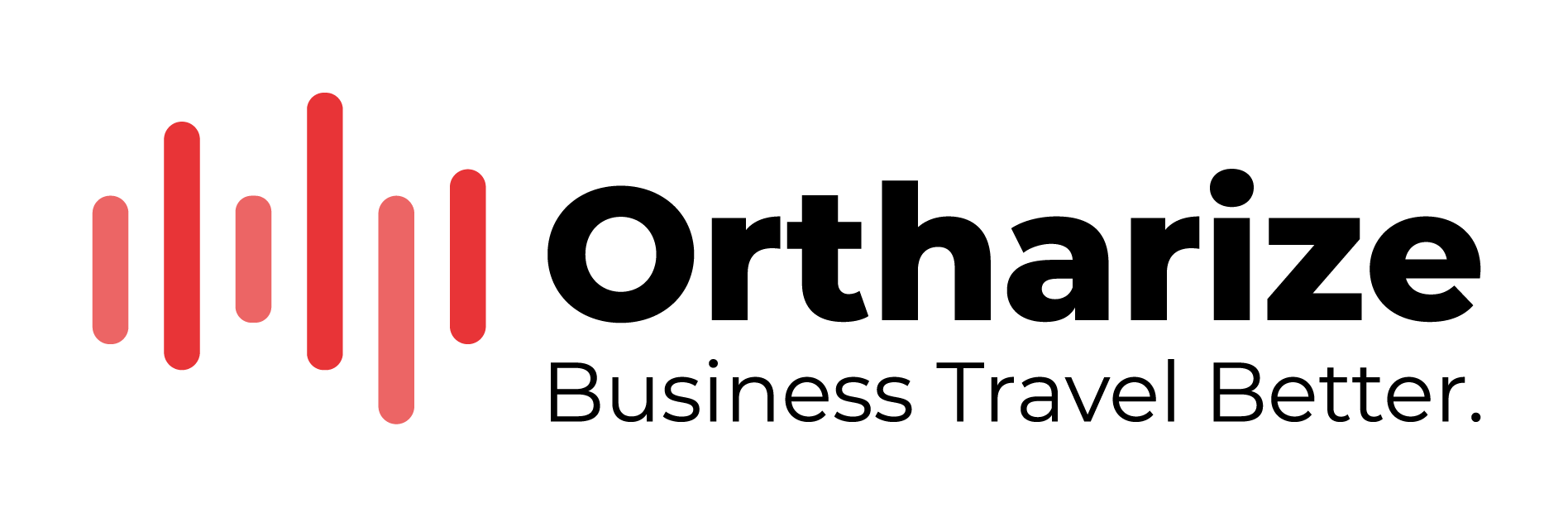Components of Airline Policies:
- Baggage Allowances: Airline policies define the permissible weight, size, and quantity of baggage that passengers are allowed to carry. Exceeding these limits may result in additional fees.
- Ticket Cancellation and Changes: Guidelines regarding the cancellation or modification of airline tickets, including associated fees and restrictions, fall under airline policies. These rules vary among airlines and ticket types.
- Boarding Procedures: Airline policies dictate the procedures for boarding flights, including the order in which passengers are called, boarding pass requirements, and any priority boarding criteria.
- In-Flight Conduct: Rules regarding passenger conduct during flights are outlined in airline policies. This includes guidelines on the use of electronic devices, restrictions on disruptive behaviour, and adherence to crew instructions.
- Flight Delays and Cancellations: Airlines have policies addressing compensation, rebooking procedures, and passenger assistance in the event of flight delays or cancellations, providing transparency to passengers.
How to Access Airline Policies:
- Official Website: Airline policies are typically available on the official website of the airline. Navigating to the “Policies” or “Terms and Conditions” section provides detailed information.
- Customer Service: Passengers can contact the airline’s customer service for clarification on specific policies or for assistance with unique situations.
Understanding Specific Airline Policies:
- Baggage Allowance Policies: Different airlines may have varying baggage policies, including allowances for carry-on and checked baggage. Understanding these policies helps passengers pack appropriately and avoid extra fees.
- Ticket Change and Cancellation Policies: Familiarising oneself with an airline’s policies on ticket changes and cancellations is essential to making informed decisions and minimising potential fees.
- Boarding Policies: Each airline has specific procedures for boarding, such as boarding groups or classes. Passengers benefit from knowing these policies to ensure a smooth boarding experience.
- In-Flight Policies: Airline policies regarding in-flight behaviour, device usage, and adherence to crew instructions contribute to a comfortable and safe travel environment.
- Compensation Policies: Being aware of an airline’s compensation policies in the case of delays or cancellations empowers passengers to assert their rights and seek appropriate remedies.
Understanding airline policies is crucial for a hassle-free and informed travel experience. Passengers who familiarise themselves with these policies can navigate the complexities of air travel more effectively, ensuring compliance and enhancing their overall journey.
